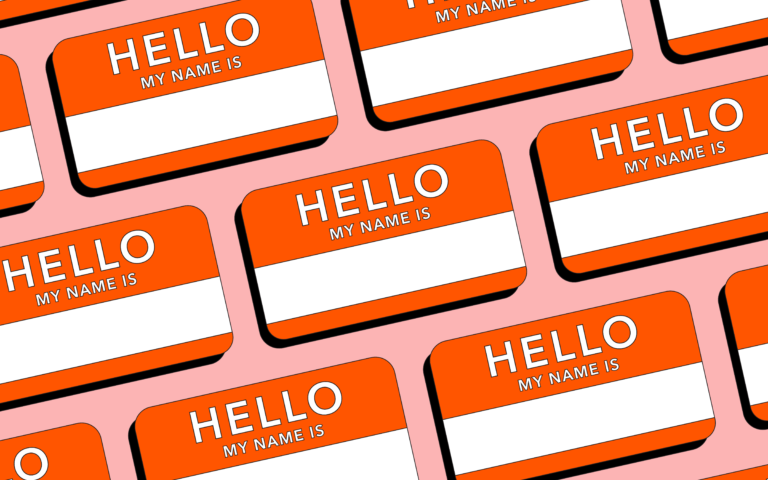
Why Usability Testing is Worth it
Planning a new website puts a lot on your plate. Not only do you have to think about your brand and product stories, but you have to stand out creatively. Beyond that, you have to make sure the site actually works. And with a budget to keep in mind, you have to make some hard choices.
We often see usability testing as one of the first items to go on a tight budget and timeline. But should it be? User feedback saves time and money because it surfaces what’s most important to customers. Fixing these issues early means you won’t have to rework the design and development later.
Your website is one of the most prominent ways people experience your brand. But you only have a few seconds to grab first-time visitors, and even then, if they can’t find what they’re looking for, they’ll move on. You can adhere to UX best practices and apply design principles, but the best way to evaluate and improve your site is through usability testing.
What is Usability Testing
Usability testing allows you to present real people with real-life scenarios and then observe how they respond. If you were to ask someone to tell you how they’d use your site, they will almost always say something different than how they actually behave. With usability testing, you ask people to complete tasks on your site with little-to-no guidance. This method reveals their natural, instinctive behaviors. You’ll uncover where, and why, people get frustrated or confused, and what keeps them from converting.
“While quantitative research methods show traffic and usage patterns, usability testing goes beyond what users are doing to show why they are doing it.”
By observing how people read, interpret, and interact with your site, you gain a better understanding of how to communicate, structure, and format the experience.
Keep it Real
For the most accurate results, usability testing should be as realistic as possible. Your test participants need to be real people who represent your target audience. Resist the urge to enlist friends, family, and coworkers. Even if they have some characteristics of your ideal user, they can still bring familiarity bias. The goal is to get unfiltered, uninvested responses.
Once you’ve recruited a set of actual users, you need to present them with situations that mimic the real world. Give them a scenario that provides realistic context, and then ask them to complete a task or solve a problem using the site. It’s important to observe what they do without giving hints. When they get stuck, let them talk through it on their own.
“It’s important to observe what [users] do without giving hints. When they get stuck, let them talk through it on their own.”
Positive Impact
It’s easy to dismiss usability testing as too expensive or time consuming. The reality is that investing in user feedback saves time and money in the long run. At Superhuman, we’ve built usability testing into our website creation process. Our recruiting and moderating tools make it easy to create a neutral setting with real users. And because most experts agree that you only need five or so participants to identify the most important usability problems, we’re able to conduct testing and report findings quickly.
A good user experience positively impacts your brand. Usability test findings are proven to decrease support costs, increase user satisfaction, and save on development and redesign efforts. They help you focus on the most important features and solve difficult design decisions so that you can more quickly build a profitable, usable website.





